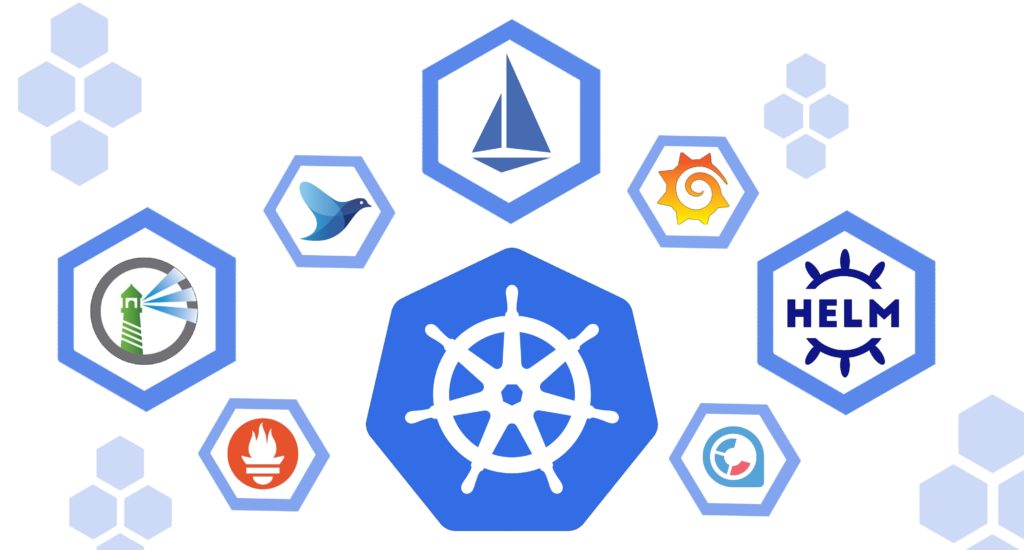Microservices have often been touted as the natural output of cross-functional teams, thus proving Conway’s Law: that software will reflect the people structures that created that software. Indeed, at Tesco, we’ve even applied the ‘reverse Conway’ maneuver and structured our organization to reflect the domain-based microservices we desired. Such an […]
Devamını Oku
Seth Vargo and Liz Fong-Jones go head-to-head to determine which is better: DevOps or Site Reliability Engineering (SRE). In this video, Liz and Seth discuss the differences and similarities between DevOps and SRE, ultimately realizing that DevOps and SRE aren’t two competing methods, but rather close friends designed help break […]
Devamını Oku
Linux is a free and open source operating system. There are many variants of Linux out there. They are typically called Linux distribution. Suse, OpenSUSE, Debian, Ubuntu, CentOS, Arch, Fedora, RHEL all are common Linux distribution names. Knowing your os version and name can be very useful for security patches. […]
Devamını Oku
Watch Kelsey Hightower deliver an awesome presentation on Kubernetes via several demos during his keynote talk on the KubeCon 2017.
Devamını Oku
Docker is an open source platform that’s used to build, ship and run distributed services. Kubernetes is an open source orchestration platform for automating deployment, scaling and the operations of application containers across clusters of hosts. Microservices structure an application into several modular services Learn the basics of Microservices, Docker, and Kubernetes. Code demo starts […]
Devamını Oku
Conway’s law is an adage named after computer programmer Melvin Conway, who introduced the idea in 1967. It was first dubbed Conway’s law by participants at the 1968 National Symposium on Modular Programming. It states that “organizations which design systems … are constrained to produce designs which are copies of […]
Devamını Oku
You can’t fight Conway’s law (but you can undoubtedly waste energy trying) — Practical implications of Conway’s law Most software that performs non-trivial tasks is complex. We understand that and welcome that. However, we often feel that much of the software we design, create and deploy is more complicated than […]
Devamını Oku
All is not entirely rosy in microservice-land. It’s often a sign of an architectural approach’s maturity that anti-patterns begin to be identified and classified alongside well-established principles and practices. Daniel Bryant introduces seven deadly sins from real projects, which, left unchecked, could easily ruin your following microservices project. Daniel offers […]
Devamını Oku
In this lightboard talk, Ben Corrie explains what a container is for beginners. A container is a lightweight, stand-alone, executable package that includes everything needed to run the software, including the code, a runtime, libraries, environment variables, and config files. Containers are designed to be portable and consistent across different […]
Devamını Oku
In this lightboard talk, Steve Tegeler walks through Kubernetes fundamentals for beginners. And check Steve’s latest video: Mapping Kubernetes to your infrastructure Kubernetes, or K8s or “kube,” is an open-source system for automating deployment, scaling, and managing containerized applications. Google initially designed it, and it is now maintained by the […]
Devamını Oku









